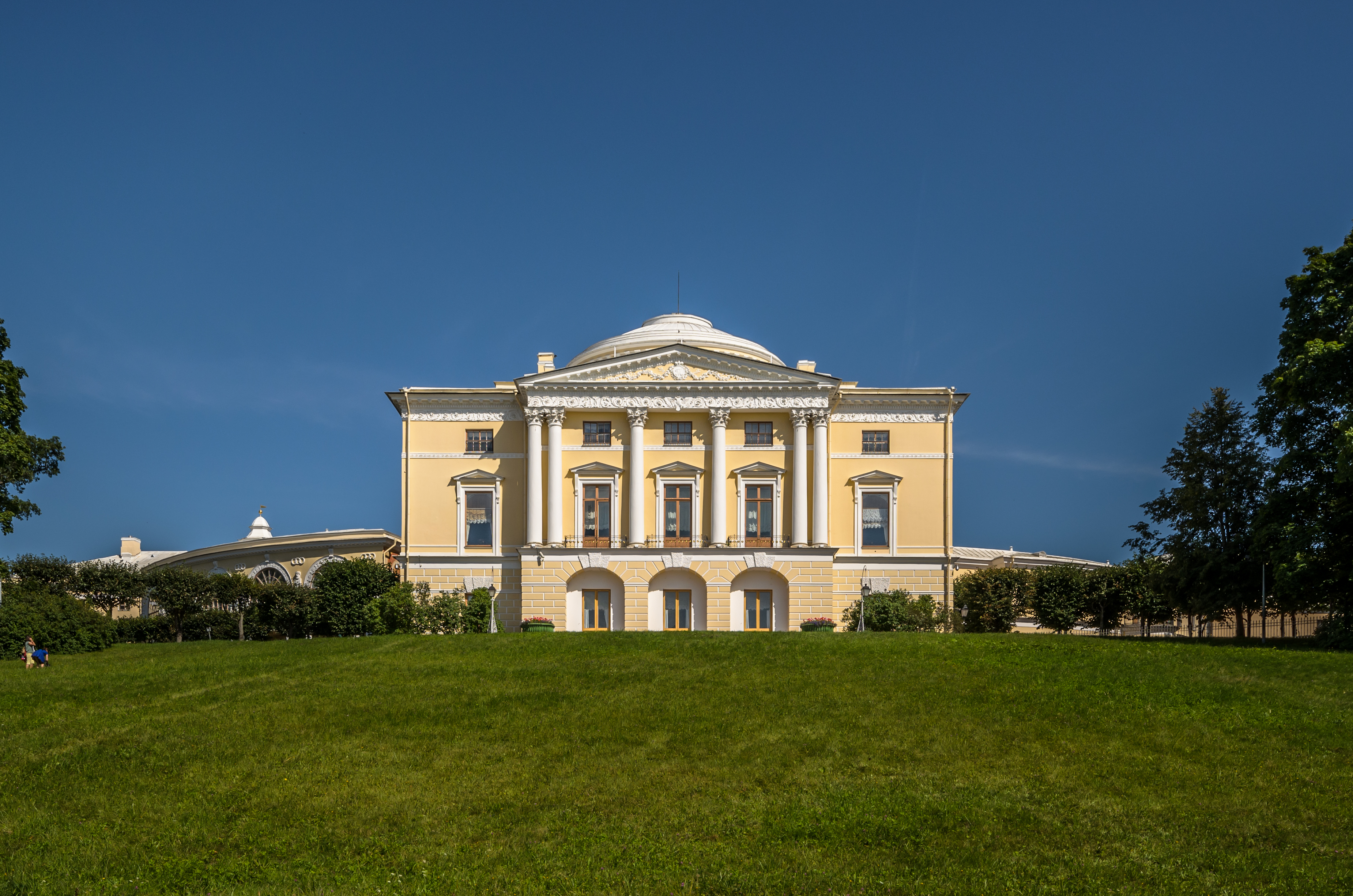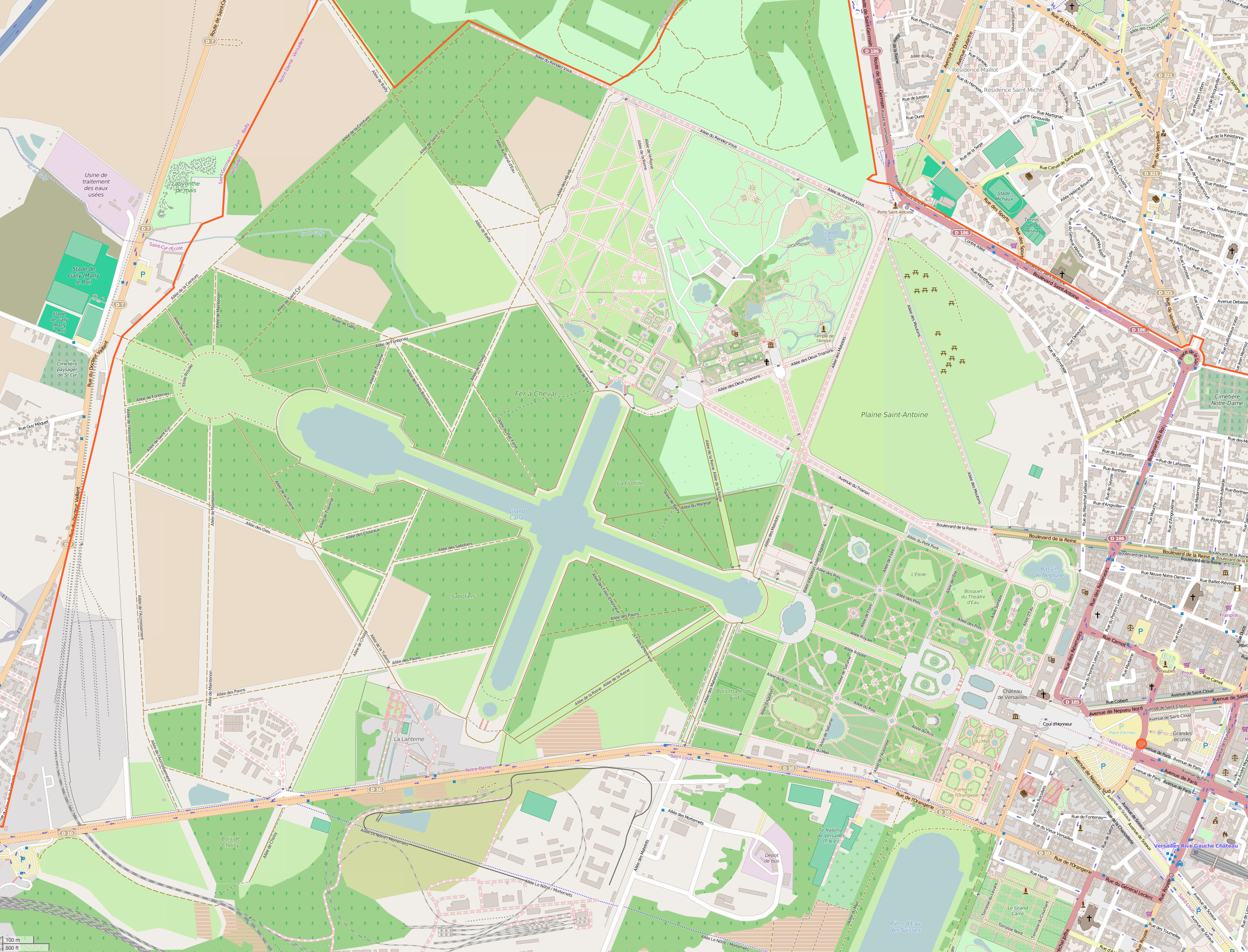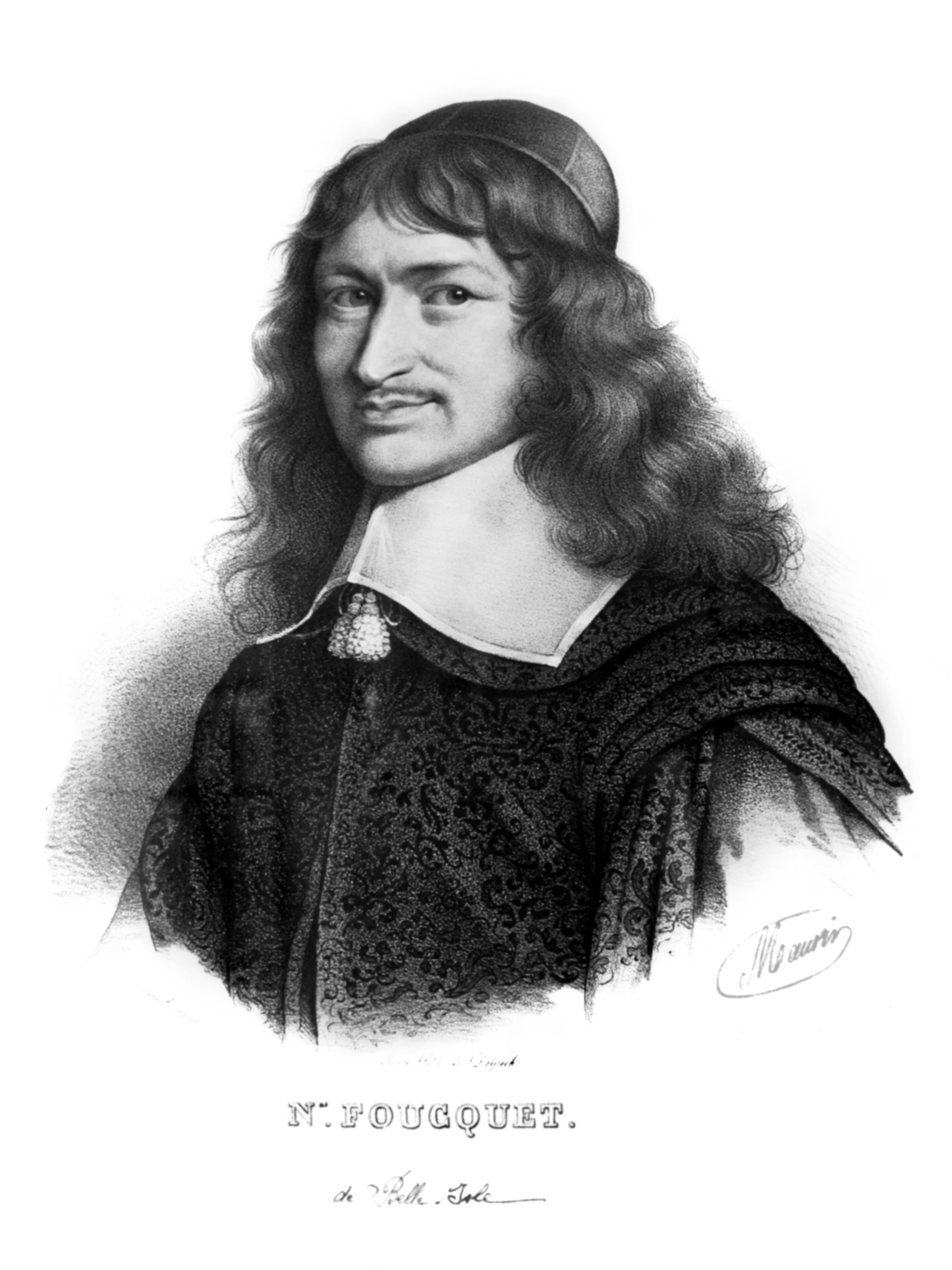|
Saxon Garden
The Saxon Garden () is a 15.5–hectare public garden in central ('' Śródmieście'') Warsaw, Poland, facing Piłsudski Square. It is the oldest public park in the city. Founded in the late 17th century, it was opened to the public in 1727 as one of the first publicly accessible parks in the world. History The Saxon Garden was originally the site of Warsaw fortifications, "Sigismund's Ramparts," and of a palace built in 1666 for the powerful aristocrat, Jan Andrzej Morsztyn. The garden was extended in the reign of King Augustus II, who attached it to the " Saxon Axis", a line of parks and palaces linking the western outskirts of Warsaw with the Vistula River. The park of the adjoining Saxon Palace was opened to the public on 27 May 1727. It became a public park before Versailles (1791), the Pavlovsk Palace, Peterhof Palace and Summer Garden (1918), Villa d'Este (1920), Kuskovo (1939), Stourhead (1946), Sissinghurst (1967), Stowe (1990), Vaux-le-Vicomte (1990s), and most o ... [...More Info...] [...Related Items...] OR: [Wikipedia] [Google] [Baidu] |
Warsaw
Warsaw, officially the Capital City of Warsaw, is the capital and List of cities and towns in Poland, largest city of Poland. The metropolis stands on the Vistula, River Vistula in east-central Poland. Its population is officially estimated at 1.86 million residents within a Warsaw metropolitan area, greater metropolitan area of 3.27 million residents, which makes Warsaw the List of cities in the European Union by population within city limits, 6th most-populous city in the European Union. The city area measures and comprises List of districts and neighbourhoods of Warsaw, 18 districts, while the metropolitan area covers . Warsaw is classified as an Globalization and World Cities Research Network#Alpha 2, alpha global city, a major political, economic and cultural hub, and the country's seat of government. It is also the capital of the Masovian Voivodeship. Warsaw traces its origins to a small fishing town in Masovia. The city rose to prominence in the late 16th cent ... [...More Info...] [...Related Items...] OR: [Wikipedia] [Google] [Baidu] |
Pavlovsk Palace
Pavlovsk Palace () is an 18th-century Russian Imperial residence built by the order of Catherine the Great for her son Grand Duke Paul, in Pavlovsk, within Saint Petersburg. After his death, it became the home of his widow, Maria Feodorovna. The palace and the large English garden surrounding it are now a Russian state museum and public park. History Catherine and Grand Duke Paul In 1777, the Empress Catherine II of Russia gave a parcel of a thousand hectares of forest along the winding Slavyanka River, four kilometers from her residence at Tsarskoye Selo, to her son and heir Paul I and his wife Maria Feodorovna, to celebrate the birth of their first son, the future Alexander I of Russia. At the time the land was given to Paul and Maria Feodorovna, there were two rustic log lodges called ''Krik'' and ''Krak''. Paul and his wife spent the summers of 1777 to 1780 in Krik, while their new homes and the garden were being built. They began by building two wooden buildi ... [...More Info...] [...Related Items...] OR: [Wikipedia] [Google] [Baidu] |
Gardens Of Versailles
The Gardens of Versailles ( ) occupy part of what was once the ''Domaine royal de Versailles'', the royal demesne of the Palace of Versailles, château of Versailles. Situated to the west of the Palace of Versailles, palace, the gardens cover some of land, much of which is landscaped in the classic French formal garden style perfected here by André Le Nôtre. Beyond the surrounding belt of woodland, the gardens are bordered by the urban areas of Versailles (city), Versailles to the east and Le Chesnay to the north-east, by the National Arboretum de Chèvreloup to the north, the Versailles plain (a protected wildlife preserve) to the west, and by the Satory Forest to the south. Administered by the Public Establishment of the Palace, Museum and National Estate of Versailles, an autonomous public entity operating under the aegis of the Ministry of Culture (France), French Ministry of Culture, the gardens are now one of the most visited public sites in France, receiving more than s ... [...More Info...] [...Related Items...] OR: [Wikipedia] [Google] [Baidu] |
World War II
World War II or the Second World War (1 September 1939 – 2 September 1945) was a World war, global conflict between two coalitions: the Allies of World War II, Allies and the Axis powers. World War II by country, Nearly all of the world's countries participated, with many nations mobilising all resources in pursuit of total war. Tanks in World War II, Tanks and Air warfare of World War II, aircraft played major roles, enabling the strategic bombing of cities and delivery of the Atomic bombings of Hiroshima and Nagasaki, first and only nuclear weapons ever used in war. World War II is the List of wars by death toll, deadliest conflict in history, causing World War II casualties, the death of 70 to 85 million people, more than half of whom were civilians. Millions died in genocides, including the Holocaust, and by massacres, starvation, and disease. After the Allied victory, Allied-occupied Germany, Germany, Allied-occupied Austria, Austria, Occupation of Japan, Japan, a ... [...More Info...] [...Related Items...] OR: [Wikipedia] [Google] [Baidu] |
Warsaw Uprising
The Warsaw Uprising (; ), sometimes referred to as the August Uprising (), or the Battle of Warsaw, was a major World War II operation by the Polish resistance movement in World War II, Polish underground resistance to liberate Warsaw from German occupation. It occurred in the summer of 1944, and it was led by the Polish resistance Home Army (). The uprising was timed to coincide with the retreat of the German forces from Poland ahead of the Soviet advance. While approaching the eastern suburbs of the city, the Red Army halted combat operations, enabling the Germans to regroup and defeat the Polish resistance and to Planned destruction of Warsaw, destroy the city in retaliation. The Uprising was fought for 63 days with little outside support. It was the single largest military effort taken by any European Resistance during World War II, resistance movement during World War II. The defeat of the uprising and suppression of the Home Army enabled the pro-Soviet Polish administra ... [...More Info...] [...Related Items...] OR: [Wikipedia] [Google] [Baidu] |
English Garden
The English landscape garden, also called English landscape park or simply the English garden (, , , , ), is a style of "landscape" garden which emerged in England in the early 18th century, and spread across Europe, replacing the more formal, symmetrical French formal garden which had emerged in the 17th century as the principal gardening style of Europe. The English garden presented an idealized view of nature. Created and pioneered by William Kent and others, the "informal" garden style originated as a revolt against the architectural garden and drew inspiration from landscape paintings by Salvator Rosa, Claude Lorrain, and Nicolas Poussin, as well as from the classic Chinese gardens of the East, which had recently been described by European travellers and were realized in the Anglo-Chinese garden.Bris, Michel Le. 1981. ''Romantics and Romanticism.'' Skira/Rizzoli International Publications, Inc. New York 1981. 215 pp. age 17Tomam, Rolf, editor. 2000. ''Neoclassicism and ... [...More Info...] [...Related Items...] OR: [Wikipedia] [Google] [Baidu] |
Baroque
The Baroque ( , , ) is a Western Style (visual arts), style of Baroque architecture, architecture, Baroque music, music, Baroque dance, dance, Baroque painting, painting, Baroque sculpture, sculpture, poetry, and other arts that flourished from the early 17th century until the 1750s. It followed Renaissance art and Mannerism and preceded the Rococo (in the past often referred to as "late Baroque") and Neoclassicism, Neoclassical styles. It was encouraged by the Catholic Church as a means to counter the simplicity and austerity of Protestant architecture, art, and music, though Lutheran art#Baroque period, Lutheran Baroque art developed in parts of Europe as well. The Baroque style used contrast, movement, exuberant detail, deep color, grandeur, and surprise to achieve a sense of awe. The style began at the start of the 17th century in Rome, then spread rapidly to the rest of Italy, France, Spain, and Portugal, then to Austria, southern Germany, Poland and Russia. By the 1730s, i ... [...More Info...] [...Related Items...] OR: [Wikipedia] [Google] [Baidu] |
Vaux-le-Vicomte
The Château de Vaux-le-Vicomte () or simply Vaux-le-Vicomte is a Baroque French château located in Maincy, near Melun, southeast of Paris in the Seine-et-Marne Departments of France, department of Île-de-France. Built between 1658 and 1661 for Nicolas Fouquet, Marquis de Belle Île, Viscount of Melun and Vaux, Allier, Vaux, the Superintendent of Finances of Louis XIV of France, Louis XIV, the château was an influential work of architecture in mid-17th-century Europe. At Vaux-le-Vicomte, the architect Louis Le Vau, the landscape architect André Le Nôtre and the painter-decorator Charles Le Brun worked together on a large-scale project for the first time. Their collaboration marked the beginning of the Louis XIV style combining architecture, interior design and landscape design. The garden's pronounced visual axis is an example of this style. History Once a small château between the royal residences of Château de Vincennes, Vincennes and Château de Fontainebleau, Fontai ... [...More Info...] [...Related Items...] OR: [Wikipedia] [Google] [Baidu] |
Stowe, Buckinghamshire
Stowe is a civil parish and former village about northwest of Buckingham in the unitary authority area of Buckinghamshire, England. The parish includes the hamlets of Boycott, Dadford and Lamport. Stowe House is a Grade I listed country house in the parish and is occupied by Stowe School. History Stowe's toponym probably refers to an ancient holy place of great significance in Anglo-Saxon times. The manor of Stowe predates the Norman conquest of England. The Domesday Book of 1086 assessed the manor at five hides. It listed William the Conqueror's half-brother Odo, Bishop of Bayeux as the manor's feudal overlord and the Norman brothers-in-arms Robert D'Oyly and Roger d'Ivry as his tenants. D'Oyly founded Oxford Castle and he and d'Ivry founded a college of secular canons there. Not long after 1086 the manor of Stowe was transferred to the college's endowment, confirmed by a charter of Henry I in 1130. By 1150 the Augustinians of Osney Abbey had absorbed the college, a ... [...More Info...] [...Related Items...] OR: [Wikipedia] [Google] [Baidu] |
Sissinghurst Castle Garden
Sissinghurst Castle Garden, at Sissinghurst in the Weald of Kent in England, was created by Vita Sackville-West, poet and writer, and her husband Harold Nicolson, author and diplomat. It is among the most famous gardens in England and is designated Grade I on Historic England's register of historic parks and gardens. It was bought by Sackville-West in 1930, and over the next thirty years, working with, and later succeeded by, a series of notable head gardeners, she and Nicolson transformed a farmstead of "squalor and slovenly disorder" into one of the world's most influential gardens. Following Sackville-West's death in 1962, the estate was donated to the National Trust. It was ranked 42nd on the list of the Trust's most-visited sites in the 2021–2022 season, with over 150,000 visitors. The gardens contain an internationally respected plant collection, particularly the assemblage of old garden roses. The writer Anne Scott-James considered the roses at Sissinghurst to be "one o ... [...More Info...] [...Related Items...] OR: [Wikipedia] [Google] [Baidu] |
Stourhead
Stourhead () is a 1,072-hectare (2,650-acre) estate at the source of the River Stour in the southwest of the English county of Wiltshire, extending into Somerset. The estate is about northwest of the town of Mere and includes a Grade I listed 18th-century Neo-Palladian mansion, the village of Stourton, one of the most famous gardens in the English landscape garden style, farmland, and woodland. Stourhead has been part-owned by the National Trust since 1946. House The Stourton family had lived at the Stourhead estate for 500 years until they sold it to Sir Thomas Meres in 1714. His son, John Meres, sold it in 1717 to Henry Hoare, son of wealthy banker Sir Richard Hoare. The original manor house was demolished and a new house, one of the first of its kind, was designed by Colen Campbell and built by Nathaniel Ireson between 1721 and 1725. Over the next 200 years, the Hoare family collected many heirlooms, including a large library and art collection. In 1902, the house wa ... [...More Info...] [...Related Items...] OR: [Wikipedia] [Google] [Baidu] |
Kuskovo
Kuskovo () was the summer country house and estate of the Sheremetev family. Built in the mid-18th century, it was originally situated several miles to the east of Moscow but now is part of the East District of the city. It was one of the first great summer country estates of the Russian nobility, and one of the few near Moscow still preserved. Today the estate is the home of the Russian State Museum of Ceramics, and the park is a favourite place of recreation for Muscovites. History In the 17th century, Kuskovo became the property of Boris Petrovich Sheremetev (1652–1719), a Russian field marshal under Czar Peter the Great, who led the Russian Army in the victory over the Swedes at the Battle of Poltava (1707) in the Great Northern War. There was already a wooden church on the site, a house and several ponds. The palace was constructed by his son Petr Borisovich Sheremetev (1713–1788). Count Sheremetev was one of the richest men in Russia, close to the court ... [...More Info...] [...Related Items...] OR: [Wikipedia] [Google] [Baidu] |









